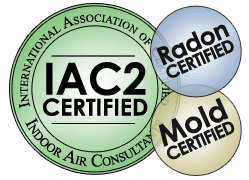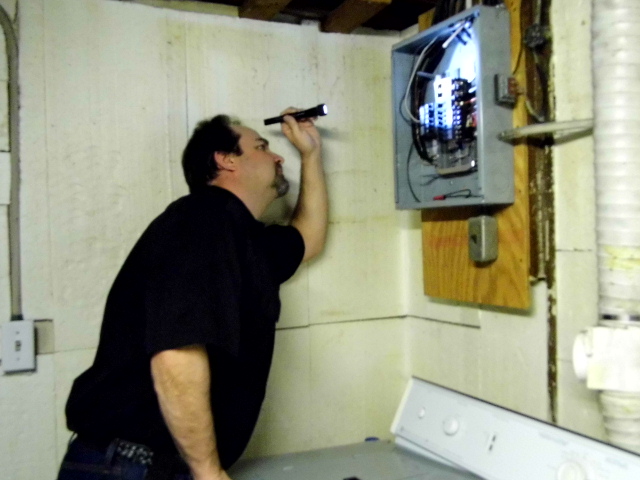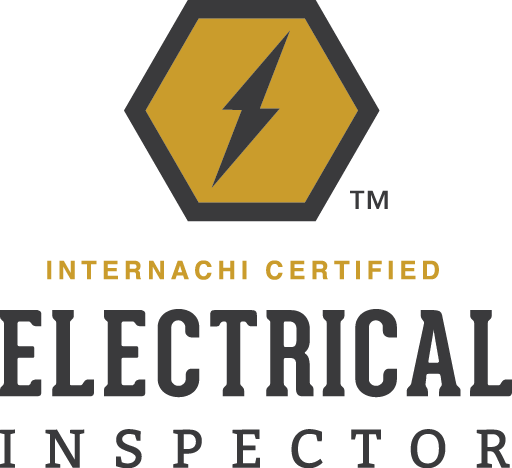
Northeast Ohio Radon inspector
The Ohio EPA Environmental Protection Agency recommends that everyone should have their house tested for Radon exposure every other year.
Radon is a cancer causing, radioactive gas. You can't see radon, and you can't smell or taste radon but it may be a problem in your house. Radon is estimated to cause many thousands of deaths per year (21,000). That's because when you breathe air containing radon, you can get lung cancer. The fact is the Surgeon General has warned that radon is the second leading cause of lung cancer in the United States today. Only smoking causes more lung cancer deaths. If you smoke and your home has high radon levels, your risk of lung cancer is especially high.



Radon can be found all over the United States. Radon comes from the natural (radioactive) breakdown of uranium in soil, rock and water and gets into the air you breathe. Radon can be found in all types of buildings including homes, offices and schools and result in a high indoor radon level. You and your family are most likely to get your greatest exposure at home, where you spend most of your time.
Testing is the only way to know if you and your family are at risk from radon. The EPA and the Surgeon General recommend testing all homes below the third floor for radon. Testing is inexpensive and millions of Americans have already tested their homes for radon.
How does radon get into your home?
Radon is a radioactive gas. It comes from the natural decay of uranium that is found in nearly all soils. It typically moves up through the ground to the air above and into your home through cracks and other holes in the foundation. Your home traps radon inside, where it can build up. Any home may have a radon problem. This means new and used homes, well sealed and drafty homes, and homes with or without basements.
Radon from soil gas is the main cause of radon problems. Sometimes radon enters the home through well water. In a small number of homes, the building materials can give off radon. However, building materials rarely cause radon problems by themselves.
Nearly 1 out of every 15 homes in the United States is estimated to have elevated radon levels. Elevated levels of radon gas have been found in homes in every state in the country. While radon problems may be more common in some areas, any home may have a problem. The only way to know if your home is affected is to test it.


